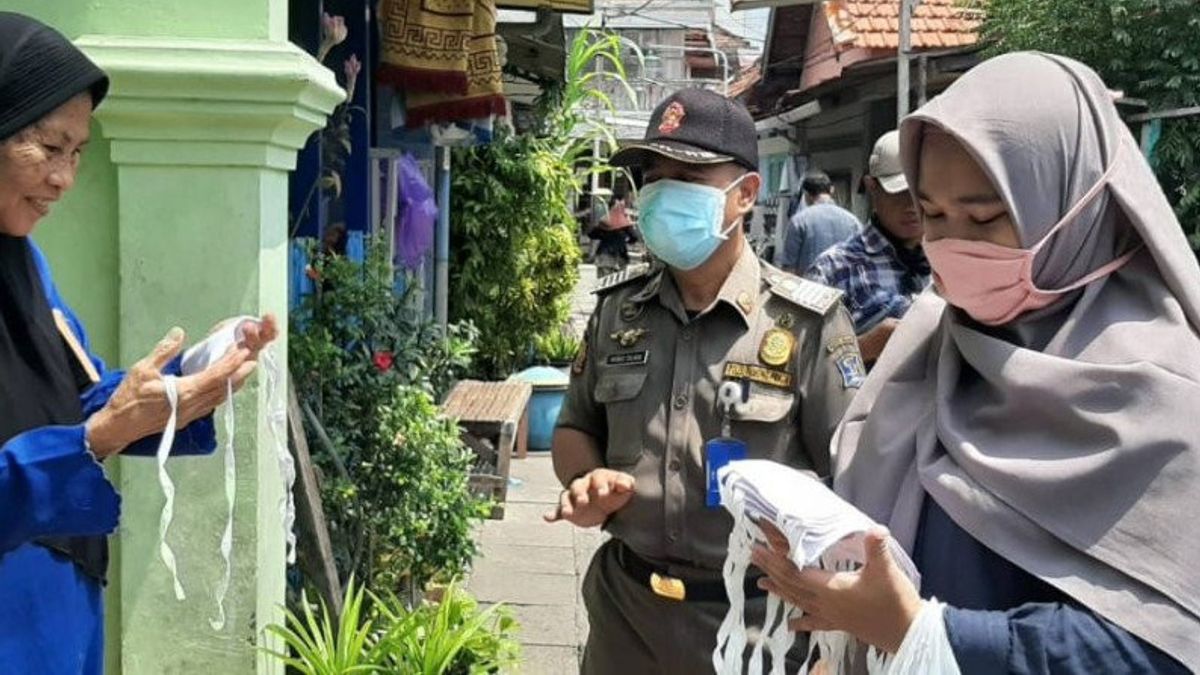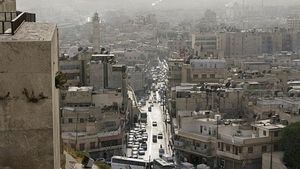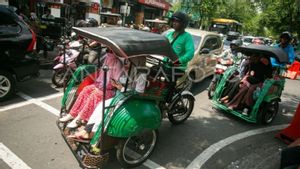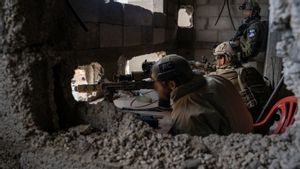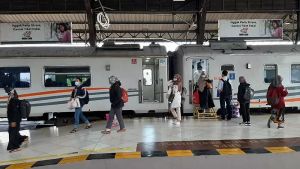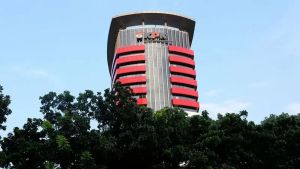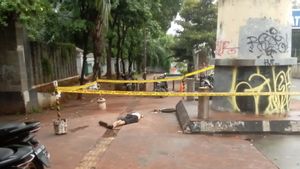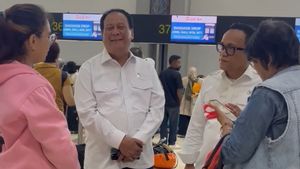JAKARTA - Director General of Regional Administration of the Ministry of Home Affairs (Kemendagri), Syafrizal, reminded that there are restrictions on entry and exit hours in RT areas that are included in the red zone.
The Ministry of Home Affairs asked the public to pay attention to the zoning of their place of residence during the implementation of the implementation of restrictions on community activities (PPKM).
He then gave an example for people who want to go to a shopping center or mall. According to him, although the mall's operating hours will last until 21.00 WIB, people who live in RT with red zones should return home before 20.00 WIB.
"Yesterday there was a question, for example the mall was open until 9:00 p.m. for the answer, now if the RT is red, you can no longer enter it at 8:00 p.m. and above," he said in an online press conference broadcast on BNPB's YouTube account, Monday, February 8. .
"So people who go to the mall will immediately go home, otherwise they can't enter the RT again. So yes, there is still a reduction," he added.
There is also this policy to provide a balance between one RT and another. Where those with green zones will continue to implement proper health and surveillance protocols.
"Meanwhile, the red ones were given quite harsh measures. So there was a balance in the handling process," he explained.
Syafrizal. said that the involvement of all parties is necessary for the success of this Micro PPKM program. Because, if it only depends on law enforcement officials, this policy will not run smoothly.
"It is very important to involve everyone. Not only Satpol PP, Polri and TNI. The number of Satpol PP throughout Indonesia is only 100,000 while our population is 270 million. I think if using ratios it will not be enough to even use TNI Polri. We do everything pentahelix together, "he said.
For information, micro-scale PPKM is carried out by considering the criteria for the control zone area up to the RT and RW levels. Regions that will implement this micro PPKM are regions in 7 provinces that have implemented PPKM previously. The zoning criteria in question are divided into green zones, yellow zones, orange zones, and red zones.
1. Green zone
Criteria: No house in one RT has a positive case of COVID-19 in the last 7 days.
Scenarios: active surveillance, all suspects tested, and case monitoring is carried out regularly.
2. Yellow zone
Criteria: there are 1 to 5 houses with positive cases during the last 7 days.
Scenario: find suspected cases and close contact tracing and then requested self-isolation under close supervision.
3. Orange zone
Criteria: there are 6 to 10 houses with positive cases during the last 7 days.
Scenarios: find suspected cases and tracing close contacts and then asked to self-isolate under strict supervision, closing houses of worship, children's play areas, and other public places except for the essential sector.
4. Red zone
Criteria: there are more than 10 houses with positive cases during the last 7 days.
Scenarios: find suspected cases and close contact tracing; perform self-isolation; closing houses of worship, children's play areas and other public places except for the essential sector; prohibits crowds of more than 3 people; limit entry and exit of RT to a maximum of 20.00 WIB; and eliminate crowd-generating social activities.
Micro PPKM is carried out through the coordination of all elements, starting from the head of RT / RW, village / lurag head, Satlinmas, Babinsa, Bhabinkamtibnas, Satpol PP, PKK, Posyandu, Dasawisma, community leaders, traditional leaders, religious leaders, youth leaders, extension agents, staff health, youth organizations, and other volunteers.
The coordination, monitoring and evacuation mechanism of the micro PPKM is carried out by establishing village and family level command posts (posko). For supervision and reporting of village and sub-district posts, sub-district posts were formed. Apart from implementing micro PPKM, PPKM at provincial and district / city scale are still running as before.
The English, Chinese, Japanese, Arabic, and French versions are automatically generated by the AI. So there may still be inaccuracies in translating, please always see Indonesian as our main language. (system supported by DigitalSiber.id)
